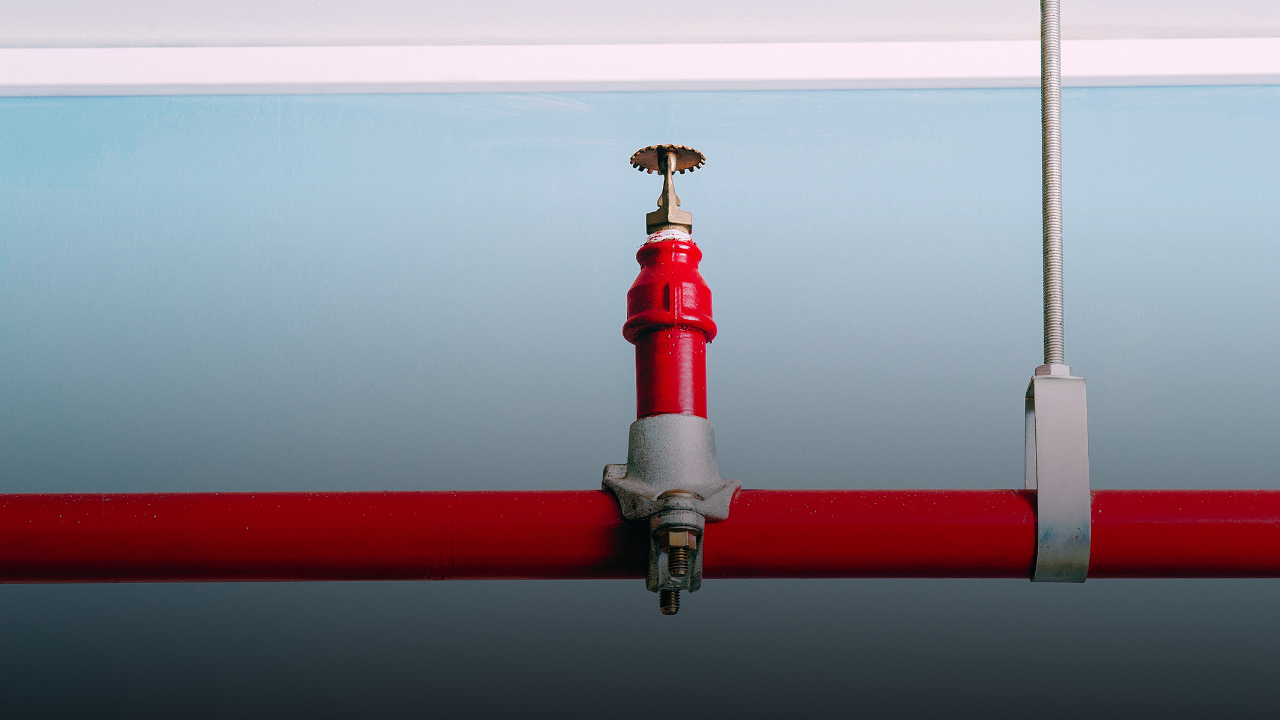
Introduction
Fire sprinklers are vital components in fire protection systems, designed to detect and suppress fires promptly, thereby minimizing damage and saving lives. The materials used in their construction significantly influence their performance and longevity. Brass, particularly C84400, is commonly used in fire sprinkler systems due to its exceptional corrosion resistance, durability, and ability to withstand extreme temperatures. This article explores the reasons behind this material choice, supported by industry insights and references.
1. Corrosion Resistance Enhances Longevity
Fire sprinkler systems are continuously exposed to water, making corrosion resistance a critical factor in material selection. Brass is highly resistant to rust and corrosion, which is essential for components exposed to moisture and various water chemistries. Unlike some metals that degrade over time, brass maintains its integrity and prevents scaling, ensuring a long service life.
The Copper Development Association highlights that copper’s natural resistance to corrosion minimizes scaling on the inner surfaces of pipes, thereby preserving flow capacity and extending the system’s lifespan.
2. Superior Mechanical Strength and Durability
Fire sprinklers must endure high-pressure water flow and mechanical stress during activation. Brass provides the necessary mechanical strength and durability to withstand these conditions without deforming or failing. The alloying elements in C84400 brass, such as zinc and copper, enhance its hardness and strength, making it suitable for fire sprinkler components that require both resilience and precision.
According to the Copper Development Association, and Machine MFG, copper alloys possess good strength and formability, making them ideal for various applications, including fire protection systems.
3. High Thermal Conductivity and Fire Resistance
The activation of a fire sprinkler system depends on a heat-sensitive fusible link or glass bulb, which triggers water flow when exposed to high temperatures. While brass and copper alloys are known for their thermal conductivity, it is the activation element—installed in the sprinkler base—that determines the sprinkler’s response to fire. The base alloy’s thermal conductivity is less critical than the activation element’s design and material.
The Nickel Institute notes that coppers have high thermal conductivity, which is beneficial in applications requiring quick heat response, such as fire sprinkler systems.
Conclusion
The use of brass in fire sprinkler systems is driven by its exceptional corrosion resistance, mechanical strength, and durability. These attributes ensure that fire sprinklers operate reliably and efficiently, providing essential protection in both residential and commercial settings. Manufacturers specializing in sand casting of brass alloys play a pivotal role in producing high-quality fire sprinkler components, adhering to stringent industry standards to safeguard lives and property.
At Foundrion Group, we take immense pride in manufacturing high quality copper-bronze castings tailored for fire protection and waterworks applications. Among our four copper/bronze-focused foundries, J. Walter Miller Co. and Riverside Foundry Inc. specialize in manufacturing high-performance fire sprinklers, while Gamma Foundries and Excal Inc. produce precision-engineered pipe fittings and other essential components for water distribution systems. Utilizing cutting-edge sand-casting techniques, we ensure that each component meets the industry’s most demanding standards for durability, corrosion resistance, and thermal efficiency. As an industry leader in sand casting, Foundrion Group remains dedicated to delivering robust fire protection solutions that safeguard both lives and property.
